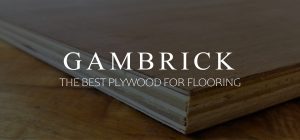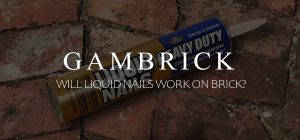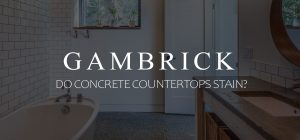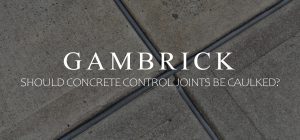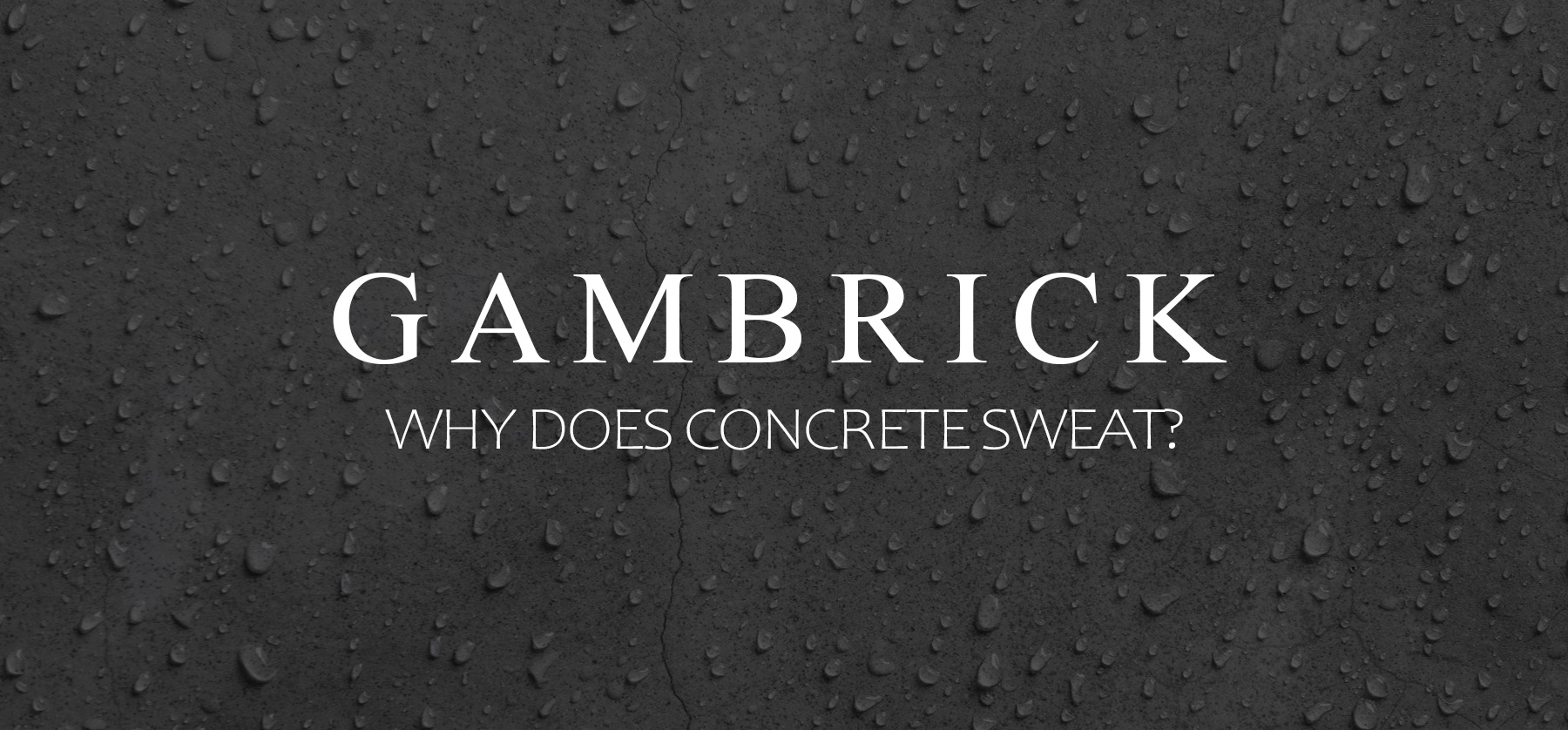
Why Does Concrete Sweat?
Concrete sweat, also known as sweating slab syndrome (SSS), results from condensation that forms due to temperature differences surrounding the concrete. Warm outdoor temperatures and cooler indoor temperatures in contact with the concrete at the same time causes it to sweat. When warm humid air comes in contact with a cooler concrete surface, the air cools quickly which forms water droplets. This is commonly known as concrete sweating.
If you’re not used to dealing with concrete then seeing your concrete sweat for the first time can be concerning. Although concrete is a fantastic building material, the presence of concrete sweat can can result in many potential hazards and costs like dealing with mold and mildew.
Concrete sweat can also lead to spalling. If the moisture freezes, it can flake the thin outer layers of concrete. This can spread and slowly deteriorate the surface, making your concrete look rocky.
Once you understand why concrete sweat forms, you can take actions to help solve the problem. Managing sweating slab syndrome can provide safer conditions and prevent issue in the future.
What Causes Concrete Sweat?
Concrete sweating is more common in buildings that aren’t temperature controlled or have a lot of concrete slabs. These can be a warehouse, garage, store or residential home.
Since more homes are being built using concrete these days, sweating is a more common problem. In fact the most common types of foundations are slabs and poured concrete, both of which can have sweating issues.
High humidity warm air is a big cause of concrete sweating which is why location plays such a big part in the formation of concrete condensation. For this reason in some areas concrete sweat is more of a problem than others.
Areas such as Florida are more prone to the development of concrete sweating than Maine. A location, where high humidity and temperatures occur, increases the chance of condensation to form on indoor concrete surfaces.
This can also be a seasonal issue. Here in NJ we get hot & humid summers so concrete sweat can become an issue. But in Spring, Fall & Winter it’s much cooler so the issue goes away.
Although the main cause of concrete sweating has to do with air and concrete temperature, it can also be caused by subsurface moisture. Although this isn’t as common.
Concrete may appear to be totally solid, but it’s actually quite porous. Moisture underneath or within the concrete can move upward and outward through the concrete with hydro static pressure. This results in water droplets forming on the surface. Although this is a possibility, it’s a rare circumstance. However it can be a serious problem so if you have concrete sweating make sure to address it.
Why Does The Concrete Floor Look Wet?
It looks wet because it is.
When warm, moist air comes in contact with a cool concrete slab, the cold temperature of the concrete can cause the air coming in contact with it to cool. If the air cools at or below the dew point, it will begin to condense on the surface of the concrete. This causes wet and sometimes misty looking concrete.
The dew point is the temperature at which air becomes completely saturated with moisture. If your concrete surface is cooler than the dew point, it can easily cause the air that comes in contact with it to cool and release moisture.
This is made worse the more humid the air is. Warm humid air in contact with cool concrete is a recipe for concrete sweat.
Sweating slab syndrome is the same basic condition that causes the outside of a cold glass to get wet on a warm, humid day or the surface of your car to get moist when it’s left outside on a cool, damp night. The moisture in the air gets released and sits on the surface.
On the outside of a glass or on a car some droplets are no big deal. But on concrete it can create problems. Let’s discuss those dangers below.
Dangers
There are a few dangers that come along with concrete sweat which we’ll discuss below.
Slippery
The most common issue with concrete sweat is slipping. Water droplets combined with a smooth concrete floor can be dangerous. Especially if that concrete has been sealed which makes it even more slick.
Moisture that collects on any smooth hard surface can be a slipping hazard. But a sealed surface is a little different. Because the sealant penetrates into the tiny pores of the concrete, moisture can’t. Since moisture can’t seep into the pores it sits on the surface with no where to go.
It doesn’t take much water on the surface of concrete to make the floor slick. Even a tiny amount of water can cause a fall.
Mold
Mold is another potential hazard that can potentially have some very negative effects on your health. A wet concrete surface can be a great environment for mold growth, especially indoors if it’s warm.
Allergies and some diseases can result from breathing in the harmful toxins created by mold.
Any condition that supports mold growth should be avoided at all cost. A sweaty slab left unchecked is a perfect environment for mold spores to begin multiplying.
The building industry continues to promote a tighter “building envelope” which is good for energy efficiency. But with that comes a greater need to fight mold. Proper care should be taken to keep concrete dry and fight mold.
Here are a few important things you can do.
- Make sure buildings have proper ventilation systems in place. This is very important since most humidity inside a building is created by the occupants.
- Vapor barriers should be in place between native soil and below-grade concrete. This is critical to preventing sweating slab syndrome.
- Insulation should be placed in the correct areas. It plays an important role in maintaining a proper thermal break between native soil and any type of concrete. A barrier between the internally conditioned climate and the external atmosphere is very important. Whether it’s a slab on grade foundation or below grade basement walls, proper insulation is very important to prevent concrete from sweating.
Minimizing the chance for water to condense on concrete helps prevent mold growth.
Alkali
An alkali silica reaction (ASR) happens is when concrete swells over a duration of time. This is caused by the highly alkaline cement past and the reactive amorphous found in many common aggregates. When these substances mix with sufficient amounts of moisture a reaction occurs. When high pH subsurface moisture seeps through the concrete from below, it can cause permanent damage to the concrete.
ASR can lead to serious cracking in concrete, resulting in possible structural problems. These cracks can lead to unsafe conditions and building failures in extreme cases.
A vapor barrier should be installed under a concrete slab. The absence of a barrier can allow moisture from the ground to penetrate up through the concrete. If there are cracks in the slab it can even cause ground water to seep up through the cracks and puddle on the floor. This is why moisture barriers and proper drainage are so important.
Ground water coming up through a concrete floor slab can carry alkalis in a high pH solution. Over time, alkali attack can cause permanent damage to the concrete. This can result in damage, costly repairs and in some cases structural concrete failures.
Efflorescence
A wet garage floor can take on a darker look due to it’s moisture content and can even suffer from efflorescence. This happens when the moisture that’s been absorbed by the concrete travels back to the surface and evaporates leaving behind white mineral deposits. These minerals are carried by the moisture as it travels through the concrete.
Efflorescence isn’t typically considered harmful to the concrete but it’s a sign that your concrete is sweating. However some masons believe that efflorescence can weaken concrete over time by extracting minerals from within it. Although I’ve never personally seen a concrete slab or foundation fail due to efflorescence it’s still not a good sign and should be dealt with if you see it.
How To Prevent Concrete Sweat
Once you understand what concrete sweat is and what causes it, you can take steps to prevent it. Below we’ll discus the things you should do to prevent concrete sweat.
1. Reduce Moisture
Reducing indoor moisture will greatly reduce the chance of concrete sweating. One of the main reasons for concrete sweating is humid air which is air containing a high moisture content. This is why we rarely see concrete sweat in dry climates. Dry the air inside of your home and you’ll limit the chance of concrete sweat.
Airflow is a great way to dry out a home and reduce moisture. But only if the outside air is dry. If you have a high moisture content inside the home and dry air outside, then let in some fresh air. However, if it’s dry inside and humid outside, keep the humid air out.
Vapor barriers are a very important part of concrete construction. Use them where appropriate. A good moisture barrier will keep water off your concrete. We recommend using them not only as a sub slab layer but also as a way of keeping moisture off of a concrete foundation wall.
2. Air Circulation
Air circulation is great at preventing condensation from forming. But as we said above, try to keep the air your circulating as dry as possible.
A simple exhaust fan is typically enough to prevent moisture buildup. What you want to do is prevent stagnant humid air from releasing moisture onto the concrete.
3. Dehumidifier
Dehumidifiers can be a big help in preventing moisture buildup indoors.
They help to bring down humidity levels by filtering the air and taking out water. If you live in an area with high humidity then I’d advice buying one for your home.
4. Dry Heat
Keeping the temperature warmer will help the air be the same relative temperature as the concrete. This will help stop condensation from forming. Because the high contrast in air and surface temperature will no longer be present, it’s harder for moisture to build up.
Make sure the air is dry though. Hot an humid air won’t help much with preventing moisture building. But warm dry air will. Electric heat sources are great for this.
How To Prevent Concrete Sweat Summary
- Dry out the room with air flow. A low speed fan works fine. You can buy a basic fan for basement or crawl spaces at just about any Home Depot. Vents are a great way to do it to as long as the fresh air your bringing in isn’t too humid.
- Turn down the air conditioning/turn up the heat. Keeping the concrete floor temperature and the air temperature at similar levels is a great way to prevent moisture buildup. Dry heat created by electric heaters is great for reducing humidity levels.
- Use a dehumidifier to remove moisture from the air and reduce condensation.
- Use a vapor barrier to keep out moisture.
Summary: Why Does Concrete Sweat?
Concrete sweat, also known as sweating slab syndrome (SSS), results from condensation that forms due to temperature differences surrounding the concrete. Warm outdoor temperatures and cooler indoor temperatures in contact with the concrete at the same time causes it to sweat. When warm humid air comes in contact with a cooler concrete surface, the air cools quickly which forms water droplets. This is commonly known as concrete sweating.
If you’re not used to dealing with concrete then seeing your concrete sweat for the first time can be concerning. Although concrete is a fantastic building material, the presence of concrete sweat can can result in many potential hazards and costs like dealing with mold and mildew.
Once you understand why concrete sweat forms, you can take actions to help solve the problem. Managing sweating slab syndrome can provide safer conditions and prevent issue in the future.
If you have any questions or comments e-mail us any time. We’d love to hear from you.

John Mazzuca | About | More Posts |
Custom Home Builder
John Mazzuca is a custom home designer and builder at Gambrick with over 25 years experience in the construction industry. John has designed, built and/or remodeled hundreds of homes, small buildings, and commercial projects. He writes about business, real estate, home building, and household electronics. His work has been featured in Fox Business, Better Homes & Garden, House Beautiful, and more.










